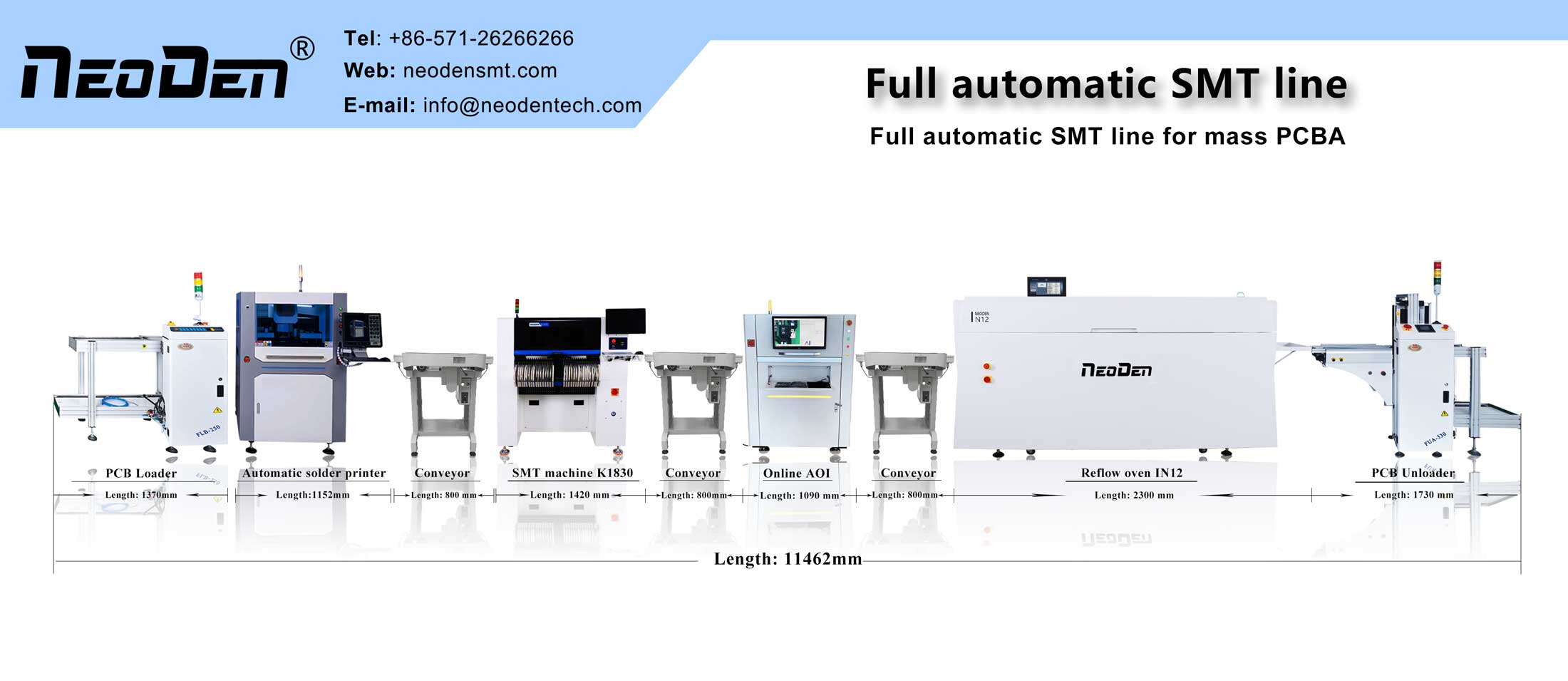Flux spraying system
Selective wave soldering machine flux spraying system is used for selective soldering, i.e. the flux nozzle runs to the designated position according to the pre-programmed instructions and then only fluxes the area on the board that needs to be soldered (spot spraying and line spraying are available), and the amount of spraying in different areas can be adjusted according to the program. Because of selective spraying, not only is the amount of flux saved compared to wave soldering, but pollution of non-soldering areas on the board is also avoided.
Since it is selective spraying, the accuracy of the flux nozzle control is very high (including the flux nozzle drive method), and the flux nozzle should also have an automatic calibration function.
In addition, the selection of materials in the flux spraying system must be able to take into account the strong corrosion of non-VOC flux (i.e., water-soluble flux), so that wherever there is a possibility of contact with flux, the parts must be able to resist corrosion.
Preheat Module
The key to the preheat module is safety and reliability.
First of all, whole-board preheating is one of the keys. Because the whole board preheating can effectively prevent the deformation of the circuit board caused by uneven heating in different locations of the board.
Secondly, the safety and control of preheating is very important. The main role of preheating is to activate the flux, because the activation of flux is completed under a certain temperature range, too high and too low temperature is not good for the activation of flux. In addition, the thermal device on the circuit board also requires a controlled temperature preheat, or the thermal device will likely be damaged.
Tests have shown that adequate preheating can also shorten the soldering time and reduce the soldering temperature; and this way, the pad and substrate stripping, thermal shock to the circuit board, and the risk of molten copper is also reduced, and the reliability of the soldering is naturally greatly increased.
Solder Module
The soldering module usually consists of a tin cylinder, mechanical/electromagnetic pump, soldering nozzle, nitrogen protection device, and transmission device. Due to the mechanical/electromagnetic pump, the solder in the solder cylinder will continuously gush out from the separate solder nozzles to form a stable dynamic tin wave; the nitrogen protection device can effectively prevent the solder nozzles from being clogged due to dross generation; and the transmission device ensures the precise movement of the solder cylinder or circuit board to achieve point-by-point soldering.
1. The use of nitrogen gas. The use of nitrogen gas can increase the solderability of lead-free solder by 4 times, which is very critical to the overall improvement of the quality of lead-free soldering.
2. The fundamental difference between selective soldering and dip soldering. Dip soldering is to dip the circuit board in the tin cylinder relying on the surface tension of the solder natural climb to complete the solder. For large heat capacity and multi-layer circuit boards, dip soldering is difficult to achieve the tin penetration requirements. Selective soldering is different, as the dynamic tin wave rushing out of the soldering nozzle directly affects the vertical tin penetration in the through-hole; especially for lead-free soldering, which requires a dynamic and strong tin wave due to its poor wetting properties. In addition, a strong flowing wave is less likely to have oxide residue on it, which will also help to improve the soldering quality.
3. Setting of soldering parameters.
For different solder joints, the soldering module should be able to make individual settings for soldering time, wave head height and soldering position, which will give the operating engineer enough room to make process adjustments so that each solder joint can be soldered optimally. Some selective soldering equipment even has the ability to prevent bridging by controlling the shape of the solder joint.
PCB transport system
The key requirement of selective soldering for the board transfer system is accuracy. In order to achieve the accuracy requirements, the transfer system should meet the following two points.
1. the track material is deformation-proof, stable and durable.
2. Positioning devices are added to the tracks passing through the flux spray module and the solder module.
Low running costs due to selective welding
The low operating costs of selective welding are an important reason for its rapid popularity with manufacturers.
Post time: Jan-22-2022

